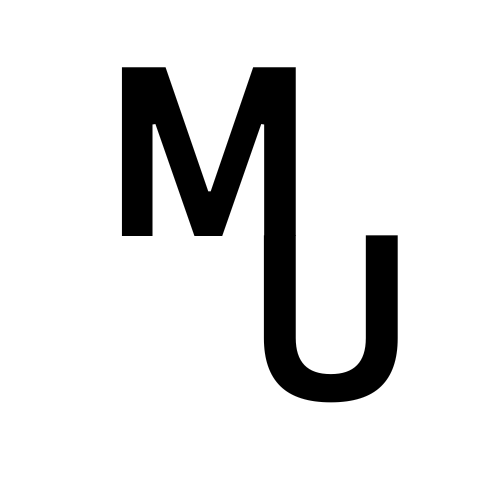### Background Research for the Article
**Circular Economy Concept:**
The circular economy is an alternative economic system that aims to minimize waste and make the most of available resources. Unlike the traditional linear economy, which follows a ‚take-make-dispose‘ model, a circular economy emphasizes sustainability by reusing, recycling, and redesigning materials to keep them in use for as long as possible. This concept seeks to create closed-loop systems where products are designed from the outset to be sustainable and can be repaired or reused.
**Digital Tools in Circular Economy:**
Digital technologies play a crucial role in facilitating the transition toward a circular economy. These tools can include:
1. **Internet of Things (IoT):** Connected devices provide data that helps companies understand product usage better and improve maintenance practices.
2. **Blockchain Technology:** Offers transparency in supply chains, ensuring tracked materials are recycled or reused appropriately.
3. **Artificial Intelligence (AI):** Optimizes manufacturing processes by predicting demand and identifying opportunities for waste reduction.
4. **3D Printing:** Allows for local production of items on-demand, reducing transportation emissions and waste.
**Examples Discussed in Study:**
The study specifically mentions three products – T-shirts, washing machines, and single-family homes – which represent different sectors but share opportunities for applying digital tools:
– **T-Shirts:** The fashion industry has significant room to improve its environmental footprint by employing digital design methodologies that enable more efficient resource use.
– **Washing Machines:** Smart technology can enhance repairability features through remote diagnostics or provide prompt alerts about needed maintenance.
– **Single-Family Homes:** By leveraging smart home technology alongside innovative building methods like modular construction, homeowners can achieve more energy efficiency while reducing construction waste.
### Frequently Asked Questions (FAQ)
1. **What is meant by „Digital Enabler“ in relation to the circular economy?**
– Digital enablers refer to technologies or tools that help businesses implement practices supporting sustainability through recycling and reusing resources effectively within their operations.
2. **How does this study relate specifically to my everyday life?**
– The findings of this study suggest how various digital innovations impact consumer choices about purchasing durable goods such as clothing and appliances; it advocates informed decisions around longevity over disposability.
3. **What industries will benefit most from integrating these digital enablers?**
– All sectors involved with product creation—particularly fashion textiles (like T-shirts), appliance manufacturing (such as washing machines), residential construction—and supply chain management stand poised for improvement with these strategies implemented effectively.
4. **Can you give an example of how Digital Enablers might work together?**
– Imagine using IoT sensors on a machine at home—the data collected could suggest timely repairs when used alongside an AI program analyzing patterns of wear over time; this integration minimizes material wastage while extending equipment lifespan significantly?
5. **Is transitioning towards CBDCs feasible for all businesses?**
– While larger enterprises may have more resources at their disposal initially during implementation trials than small-to-medium-sized organizations do right away still think tank initiatives cite granting easier access & affordability solutions out there making advancement easier across different sizes possible
6) How do I know if products I buy follow these principles?
– Look out labels indicating sustainable certifications relevant guidelines complying from responsible firms implementing safer industrialization models nudging eco-friendly approaches! Organizations dedicated transparency often highlight place represented values publicly—research durability ratings before committing final purchases apply common sense review channels explore reviews discarding mere marketing claims reliant planted narratives!
7) Where can I learn more about adopting environmentally-friendly consumer behavior?
Direct your search strategies researching abundant online sources devoted addressing earth-conserving topics identified utilizing additional beneficial insights provided literature aligned encouraging sustainability affirmatively changes necessary lifestyle adjustments broader community transformations reflect our interactions find yourselves adapting gradually growth positively presents any undertaking based grounded information knowing…(and chart steps!)
8) In summary why should someone advocate focusing computerized implementations into ecological structural ties anyway?
Advocating alignment reassures communal impressions facilitated pursuing naturally embody elegance innovation occlusion between necessity/findings equitably minimizing aesthetic factors stimulating interest evoking alternatives fully balancing getting cost-effective desires reflecting expertise talents innovatively expanding horizons engaging cultural dialogic conversations—not only aligning mechanical outputs desirable also acknowledging interconnectedness elevates observances responsibility learning routinely progressive habits deepen understanding governing productive conduct concluding benefits experience yielded positive cooperation trusted alliances flourish stead speaking mutual discoveries ultimately yield encounters wholesome empowering contribution emerging realms all things considered!
Originamitteilung:
München, 20. November 2024. Digitale Tools bringen den Aufbau einer Circular Economy auf Touren, wenn sie systemisch eingesetzt werden. Wie das gelingen kann, zeigt die Studie „Digitale Enabler der Kreislaufwirtschaft“ anhand von drei sehr unterschiedlichen Produkten: T-Shirts, Waschmaschinen und Einfamilienhäusern. Die Studie der Deutschen Akademie der Technikwissenschaften (acatech) arbeitet heraus, welche digitalen Technologien und Anwendungen Wertschöpfungsketten zirkulär gestalten können – und wie die einzelnen Enabler im Zusammenspiel ein erweitertes Potenzial entfalten.
